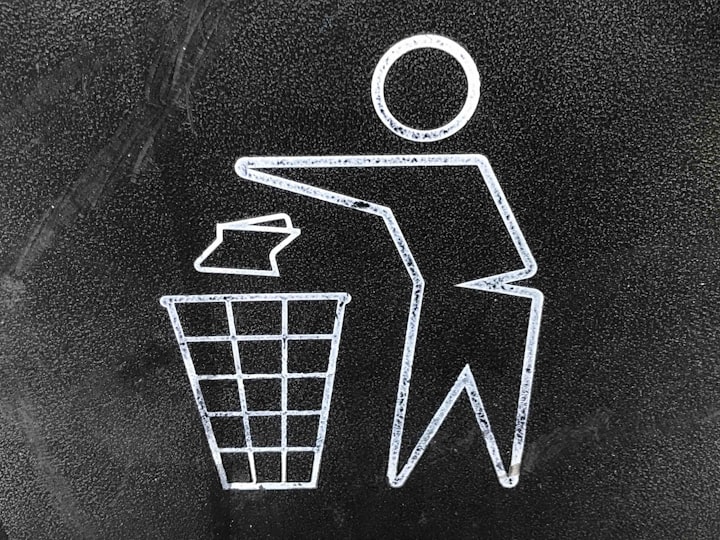
Biodegradable garbage bags are a type of waste disposal solution that are designed to break down and decompose into natural substances over time. Unlike traditional plastic bags, which can take hundreds of years to decompose and contribute to the growing plastic waste crisis, biodegradable bags are made of materials that are derived from renewable resources and are biodegradable in the presence of sunlight, air, and moisture.
The main component of biodegradable garbage bags is biopolymer, which is a type of polymer derived from natural materials such as corn starch, sugarcane, potato starch, and other plant-based materials. Biopolymers are formed through a process known as bioplastics, which involves the use of microorganisms such as bacteria and yeast to convert natural materials into a polymeric material that can be used to make bags and other products.
Once the biopolymer is produced, it is then processed into a film or sheet that is used to manufacture biodegradable garbage bags. The film or sheet is then cut into the desired size and shape, and the edges are sealed to create a strong, durable bag. The bags are then ready to be filled with waste and disposed of in a landfill, composting site, or other waste disposal facility.
One of the key benefits of biodegradable garbage bags is that they are significantly less harmful to the environment compared to traditional plastic bags. Plastic bags are made from petroleum-based polymers, which are derived from non-renewable fossil fuels. In addition to the environmental impact of extracting and processing these materials, plastic bags also release harmful chemicals into the environment when they break down and decompose.
Biodegradable bags, on the other hand, are made from materials that are derived from renewable resources and do not release harmful chemicals into the environment. In fact, when biodegradable bags are disposed of in a landfill, composting site, or other waste disposal facility, they break down into natural substances such as carbon dioxide, water, and biomass. This helps to reduce the amount of waste in landfills, reduces the need for waste disposal facilities, and helps to protect the environment by reducing the release of harmful chemicals into the environment.
Another benefit of biodegradable garbage bags is that they are more cost-effective compared to traditional plastic bags. Plastic bags are made from non-renewable fossil fuels, which are becoming increasingly expensive to extract and process. Biodegradable bags, on the other hand, are made from renewable resources, which are less expensive and more readily available. This means that biodegradable bags are more affordable and accessible for consumers, and are therefore a more cost-effective solution for waste disposal.
Finally, biodegradable garbage bags are also more convenient and user-friendly compared to traditional plastic bags. Unlike plastic bags, which are not biodegradable and require special disposal methods, biodegradable bags can be disposed of in a landfill, composting site, or other waste disposal facility. This makes them a more practical and convenient solution for consumers, and helps to encourage more responsible waste disposal practices.
>>TO BUY BIODEGRADABLE GARBAGE BAGS CLICK HERE
In conclusion, biodegradable garbage bags are a more environmentally-friendly, cost-effective, and user-friendly alternative to traditional plastic bags. Made from biopolymers derived from renewable resources, these bags break down into natural substances over time, reducing the amount of waste in landfills and reducing the release of harmful chemicals into the environment. Whether you are an individual, a business, or a community, making the switch to biodegradable bags can help to protect the environment and reduce the impact of waste on our planet.
If you like my story, please do leave a ❤️, and a tip, I really appreciate it. You can read more of my interesting stories here.





Comments
There are no comments for this story
Be the first to respond and start the conversation.